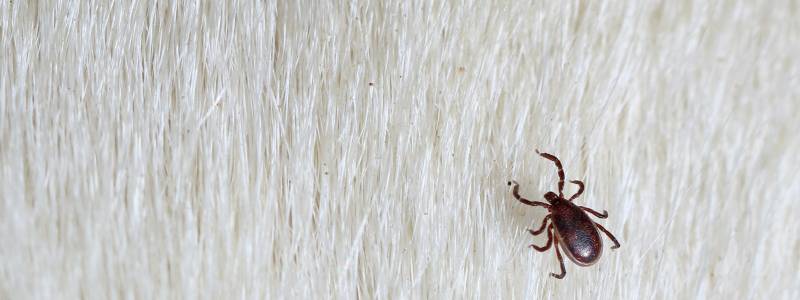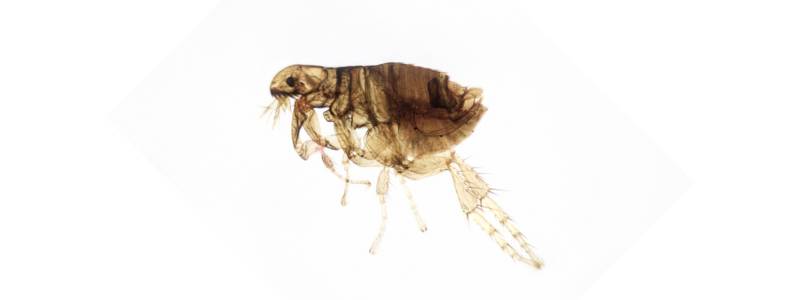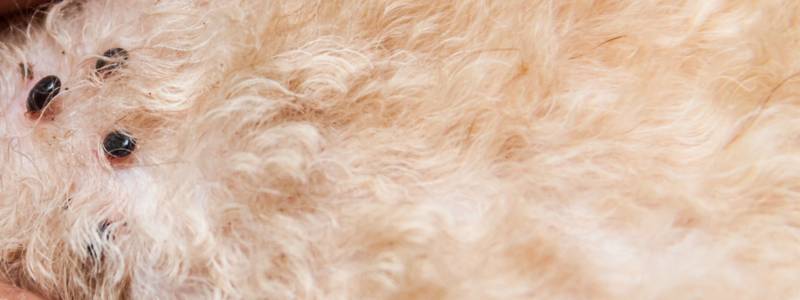How to Control Fleas
Different Flea Treatment Methods
Dealing with a flea infestation can be incredibly frustrating. These small insects can quickly take over your home and leave you and your pets miserable from bites. The good news is that with some diligence, the right treatments, and help from professional flea controllers from Green Pest Control, you can get rid of fleas and prevent future infestations.
In this comprehensive guide, we’ll cover everything you need to know about flea control, from understanding flea behavior and biology to implementing both chemical and non-chemical treatment methods. Read on to learn how to banish these pesky parasites from your home for good.
What Are Fleas?
Fleas are tiny wingless insects that feed on the blood of mammals and birds. The most common flea species that affect dogs, cats and humans are:
- Cat flea (Ctenocephalides felis) – This flea lives primarily on cats but will bite dogs and humans as well. They are the most prevalent flea species.
- Dog flea (Ctenocephalides canis) – As the name suggests, this flea species prefers dogs as hosts but will also bite cats and people.
- Human flea (Pulex irritans) – This flea feeds almost exclusively on humans and is less common than the other two species.
Flea Life Cycle
Fleas go through four life stages – egg, larva, pupa, and adult. The eggs and larvae live in the environment, while adult fleas live on their hosts. Females can lay up to 50 eggs per day, allowing populations to rapidly increase.
- Adult female fleas live on pets and bite to feed on blood.
- The females lay tiny white eggs that fall off the pet onto the floor or bedding.
- The eggs hatch into larvae that look like tiny worms. The larvae eat debris and flea poop.
- The flea larvae spin cocoons and turn into pupae after 1-2 weeks. This is kind of like a caterpillar turning into a chrysalis.
- The pupae can stay dormant for months waiting for the right conditions.
- When ready, the pupae hatch into adults. The adults jump onto pets to feed, mate, and lay more eggs.
Fleas Spread Diseases
Fleas can carry diseases like tapeworms, cat scratch fever, typhus and the plague. When they bite pets and people, they can pass on these illnesses. Young children and people with weakened immune systems are at higher risk of getting sick from these external parasites.
Removing Fleas
It can take 2-3 weeks to fully remove an infestation from a home. Full-grown fleas only live 2-3 weeks. But flea eggs and larvae in carpets, bedding and furniture can keep hatching. You have to repeatedly treat pets and vacuum to catch all stages of growth and break the cycle. Don’t give up too soon or fleas will come back!
Recognising Flea Bites
Flea bites on humans often appear around the ankles or legs in clusters or lines. They are small, red, and very itchy. The bites often contain a red dot in the center, representing a small amount of bleeding. These can cause allergic reactions in some people, leading to hives or rashes.
Treating Bites in Humans
- Wash the bites with soap and water to clean away dirt and germs. This helps prevent infection.
- Apply ice packs or cool compresses to the affected areas to reduce swelling and itching. Do this for 10-15 minutes at a time.
- Use an anti-itch cream that contains hydrocortisone or pramoxine. This will numb the skin and stop the urge to scratch. Don’t use creams more than a few days.
- Take an oral antihistamine containing diphenhydramine (Benadryl) or loratadine (Claritin). This blocks allergic reactions that cause itching.
- Don’t scratch the bites. Scratching can break the skin and let bacteria infect the bite.
- Apply a baking soda paste or calamine lotion to the bites to dry them out and soothe itching.
- If bites get infected with pus or redness, see your doctor for antibiotic cream or pills to clear the infection.
The itching usually goes away within 1-2 weeks as long as you don’t get bitten again. Treating the home and pets will get rid of fleas and stop new bites.
Pets with fleas will excessively scratch, lick, or bite at their skin. You may see fleas crawling through their fur or flea dirt (flea excrement that looks like dark specks). Pale gums, lack of appetite, and hair loss can also indicate a flea issue. Young, old, or sick pets are most vulnerable to anemia and infections from insect bites.
How Fleas Infest a Home
Fleas enter homes by latching onto pets or people. They quickly infest carpets, furniture, beds, and other upholstered areas that pets frequent. Eggs, larvae, and pupae live in these areas until conditions are right to emerge as adults and jump onto a potential host.
Once an infestation is underway, adult fleas live on animal hosts and lay 20-50 eggs per day on the host. These eggs fall off into the home environment and continue the life cycle. Just a few fleas can lead to a massive outbreak in only a few weeks.
Non-Chemical Flea Control Methods
Before using chemical treatments, try these non-toxic methods to control fleas in your home:
- Frequent vacuuming – Vacuum all floors, carpets, furniture, beds, and other infested areas at least every 2-3 days. This removes eggs, larvae, pupae, and adult bugs from the environment. Dispose of the vacuum bag outside immediately.
- Wash bedding and fabrics – Machine wash any pet beds, blankets, pillows, or fabrics in hot, soapy water to kill all stages of fleas.
- Use steam cleaners – The heat from steam cleaners kills fleas and their eggs on contact. Focus on carpets, upholstery, and pet areas.
- Groom pets regularly – Use a flea comb to manually remove fleas from your pet’s coat. Bathe pets weekly with a flea shampoo.
- Maintain yards – Mow, rake, or treat outside areas pets frequent to remove vegetation fleas thrive in. Keep grass short.
Chemical Flea Treatments
If non-toxic methods alone don’t fully eliminate the problem, you may need to use chemical treatments. Here are the most effective products and how to use them:
Treat Pets
- Flea collars – Collars kill grown insects and prevent reinfestation for up to eight months. They are easy to use but can cause skin irritation in some pets.
- Flea and tick topical spot treatments – Apply a liquid product like Frontline between your pet’s shoulders. It spreads through the coat and kills fleas for 30+ days. Reapply monthly. Safe for dogs and cats older than 8 weeks.
- Oral flea prevention – Chewable pills like NexGard kill fleas before they can lay eggs and typically protect for four weeks per dose. It is available by prescription for dogs and cats.
- Flea shampoos and dips – Use shampoos when bathing pets. Dips give longer protection by deeply penetrating and remaining on the skin. Both kill current fleas and provide short-term prevention.
- Flea & tick collars – Worn around the neck, these collars contain insecticides that spread through the fur and repel/kill fleas. Monitor for skin irritation.
- Flea and tick sprays – Spray your pet down to the skin 1-2 times per week to kill existing fleas and provide some residual protection. Focus on the neck, back, stomach, and legs.
Treat the Home Environment
- Flea foggers/bug bombs – Foggers quickly kill all life stages of fleas, but don’t provide residual protection. Use them after vacuuming then follow up with longer-term treatment. Avoid inhaling vapors and wait a few hours before returning after use.
- Flea powder – Spread boric acid-based powders into carpets, under furniture, and in crevices. The abrasive crystals cut fleas and dry out their protective coating. Reapply after vacuuming.
- Indoor flea sprays – Spray infested furniture, carpets, floorboards, and pet beds with an insecticide spray. Allow it to fully dry before letting pets back in that area. Provides some residual killing power.
- Flea & tick carpet powders – Work into carpets with a broom, allow to sit, then vacuum thoroughly. Kills fleas on contact and provides weeks of residual effects as eggs hatch.
- Spot-on treatments – Apply liquid insecticide where pets sleep or hang out. It remains in that area and kills newly emerged fleas.
- Flea & tick home foggers – Foggers kill fleas (and sometimes ticks) on contact throughout the house. Follow product instructions carefully. Leave the home for a few hours after use.
- Professional extermination – For serious infestations, calling a pro exterminator to thoroughly fumigate both indoor spaces and yards may be the most thorough approach.
Treat the Yard and Garden
- Outdoor foggers/misting systems – Kill fleas where pets play or rest in the yard with sprays or foggers designed for outdoor areas.
- Flea & tick yard sprays – Use concentrated insecticide sprays around patios, decks, kennels, gardens, and other outdoor areas to kill and repel pests. Avoid runoff into streams or ponds.
- Flea & tick yard granules – Sprinkle granules around the yard and work into grass and vegetation to provide 30+ days of flea and tick control outdoors. Water lightly after applying.
- Flea & tick yard stakes – Place stakes around the yard every few feet. They slowly release insecticide into the surrounding soil to kill and repel fleas and ticks for 1-2 months.
By diligently following both non-toxic and chemical treatment methods, you can fully rid your home of a flea infestation in 2-3 weeks. The environment will thank you too. Studies show that domestic pets plagued with these parasites are affecting wildlife. So be patient and aggressive in your approach and you’ll soon be able to enjoy a flea-free home again. Just be sure to continue prevention monthly to keep these pests from returning!
Conclusion
Controlling fleas takes commitment, but is very feasible if you use the right combination of mechanical, natural, and chemical treatment methods. Start with frequent vacuuming, washing all fabrics, grooming pets, and yard maintenance. Then incorporate chemical treatments if necessary, treating both pets and premises. With vigilance, you can break the flea life process and prevent these irritating insects from disrupting your home.



